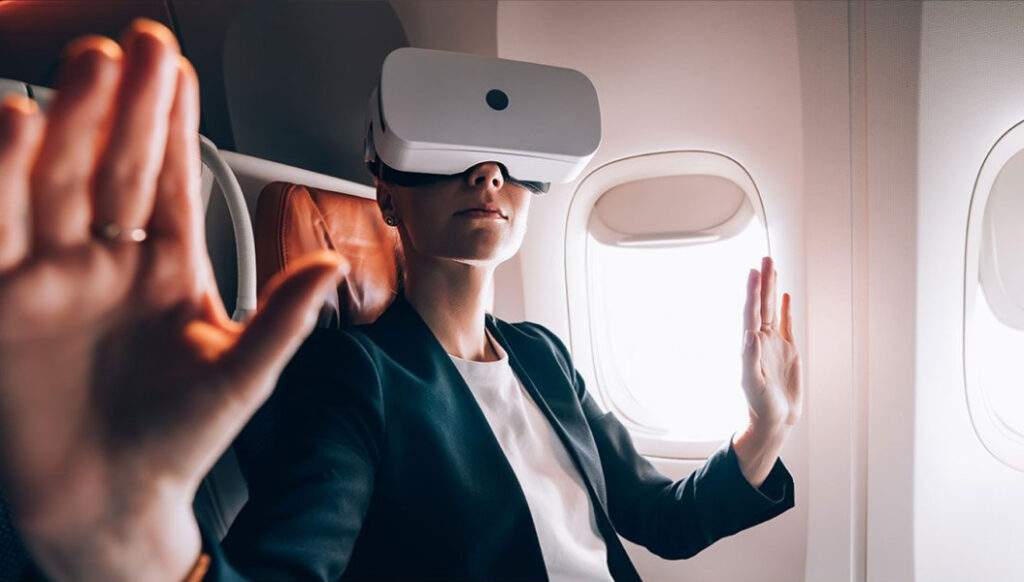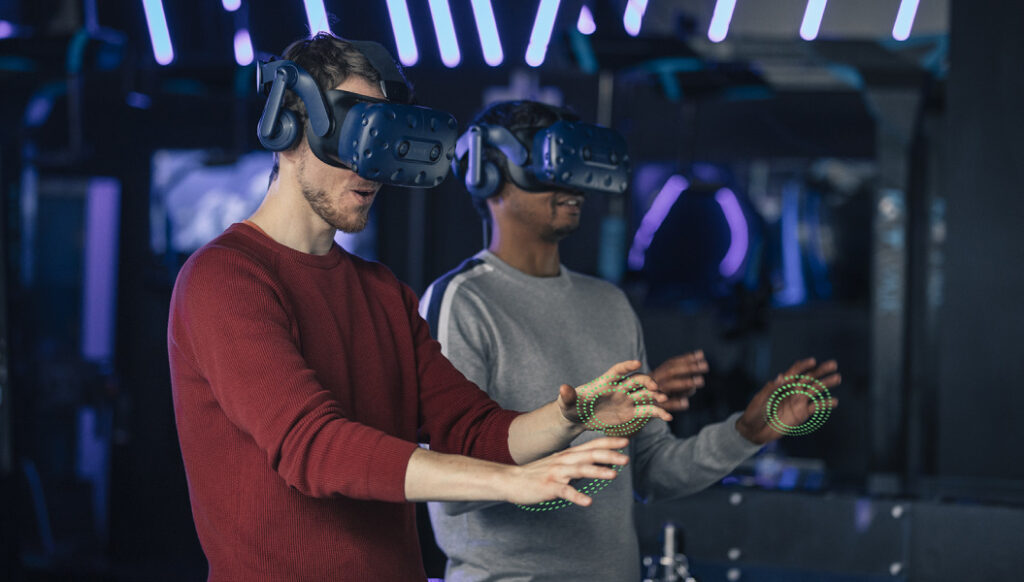Haptic Feedback: What Is It, Working, Importance, And More
Interactions between humans and their surrounding technology are increasing with time. Hence, it is getting essential to develop new and innovative ways to provide operator feedback. While visual feedback is the most popular means of providing feedback, the need for touch response is also increasing with time. Haptic feedback is this response through touch that enables interaction between humans and electronics.
In this article, you will learn about haptic feedback in general and how it works as a feedback technology. We will also learn about the importance of this type of feedback system in today’s world. Here, you will learn how this system has become a simple and effective way to alert users of the occurrence of a specific function where there is no audio-visual option.
What Is Haptic Feedback?

According to Michael Green of Michigan State University,
“Haptic technology, or haptics, is a method of assigning a tactile feedback response to a designated input. It is used in electronic devices to recreate the sense of touch, through vibrations or forces, to the user. The necessary components for producing and regulating haptic feedback are a microcontroller, a mechanical driver, and an actuator.”
Haptic feedback allows you to communicate with electronics by simulation of the sense of touch. Here, not only can you send feedback to an electronic system with touch, but the system can also touch you back. Haptic feedback is also known as “force feedback.” This technology first came into use in gaming controllers in the late 1990s and is in use even today.
Understand that haptic feedback is not a new technology and application. It is just a new mode of communication with which humans and electronics can communicate with each other. The most common form of haptic feedback that you will come across today is vibration. However, in practice, the types of sensations that you will get through haptic feedback are limited.
Explore More: What Is Laissez Faire Leadership In Business?
How Does This Technology Work?

“Different sorts of vibrations, usually felt with your hands, are the most common form of haptic feedback today. The tactile sensations most people think of when they say “touch” are part of what is known as the somatosensory system. This encompasses a huge variety of sensations, not just sensations such as vibration or pressure, but also things such as pain, temperature, and the position and movement of your body in space.”
In this feedback system, a motor and actuator initially create and regulate haptic vibrations. The system then makes use of an external microcontroller with embedded software to control the sensations. With the development of this system, as this technology becomes more advanced and response becomes more realistic, this technology will become more popular. The popularity will be for consumer applications, which will consist of two-way interactions.
Haptic feedback systems make use of tools like sensors, motors, and speakers to create necessary feedback between humans and electronics. When a human performs an action in a programmed haptic device, it produces haptic feedback as an output.
With the help of different haptic technologies like skin indentation devices, exoskeleton devices, or vibrotactile technology, one can create a mechanical stimulus that a user can feel.
Importance And Application Of Haptic Feedback

The last section showed how haptic feedback has massive applications in skin indentation devices, exoskeleton devices, or vibrotactile technology.
According to BuilIn.com,
“Skin indentation devices can be found in a variety of haptic technology like haptic gloves or other wearables. These mechanisms compress skin to imitate a sensation like touching or moving an object. Exoskeleton devices are typically found in the gaming industry and use active force feedback to create stimuli. These devices rely on electromechanical motors that target specific body parts and correlate to a game experience.”
On the other hand, you can find the use of haptic feedback in vibrotactile technology, especially in VR haptic devices. In this case, these haptic devices make use of piezoelectric actuators and linear resonant actuators. These help to create rumble and shaking sensations, in addition to various vibrational patterns.
The immersive experience through haptic feedback comes when the tactile sensations of users coincide with what they are interacting with through touch, vision, and hearing. You can think of situations when you feel vibrations touching a screen or when you see a 3D effect in a button through the screen. You can also find applications of immersive experiences in entertainment and gaming when the gaming controller vibrates during touch.
How Can You Experience Haptic Feedback?
You can easily experience haptic feedback, as it is present in a variety of real-world applications and products. Some very common examples are smartphone devices. Apart from that, you can also find such a system in gaming controllers, which you can connect to PCs or gaming consoles.
Basically, haptic movements help in increasing the accessibility of users. However, it creates more feedback for users who have hearing and visual disabilities. These feedback alerts people for key moments and actions without the user requiring to see or hear other feedback output from the device.
With the help of this technology, users can have a better idea of what actions are “correct.” Otherwise, they also help users to produce the desired output from their devices. Let’s say you are using a digital keyboard ror a dashboard, and you do not feel the clicking effect from a certain key; it will indicate that you must have mistyped. Hence, you can improve the accuracy of your touchscreen actions with the help of this type of feedback.
Read More: The Best Franchises To Own: What To Look For?
Wrapping Up
Hope this article was helpful for you in getting a better idea of haptic feedback and how it works through different technologies. The most use of this technology is in skin indentation devices, exoskeleton devices, or vibrotactile technology. Furthermore, in recent times this technology has helped in improving the accuracy of touchscreen actions and even robotic surgery training.
Haptic technology makes use of vibrations to transmit information through the control system. This allows users to concentrate on the task at hand. Do you have further information to act regarding haptic technology? Share them with us in the comments section below.
For Our Best Business Related Articles Click Below!!



